Slaves were captured in many countries in Africa. Most slaves came from Senegal, Congo, Sierra Leone and Angola.
They were taken in large boats that were full to capacity with African slaves. The conditions of the boats were terrible. The slaves were tied down on their backs and many went without food or water for their journeys. More shocking is the fact that the slaves were forced to go to the toilet where they laid. So they lived in their faeces and urine for the journey to. Due to these circumstances many African slaves died on their way to another country.
The map below shows the movement of slaves from Africa. It is estimated that 15 million people were taken from Africa to be used as slaves. Many of the 15 million people taken from Africa died on-route to America and Brazil and therefore the number that actually arrived alive in America or Brazil is unknown. Nearly all of these people taken from were forced to work on plantations or in mining.
It is known that Muslims from Arabia and Turkey had transported Africans and Europeans to South East Asia to be used as slaves for centuries before the African slaves were transported to North America. However nothing in the past was on the scale of the capturing and enslavement of Africans to the Atlantic or in the size of its impact on the world.
Here is a clip from roots where Kunta Kinte is being captured by the europeans in africa.
Copyright :Warner Bros. Television
The conditions in which the slaves encountered were terrible. As we can see in the image below the slave ships were filled to its capacity.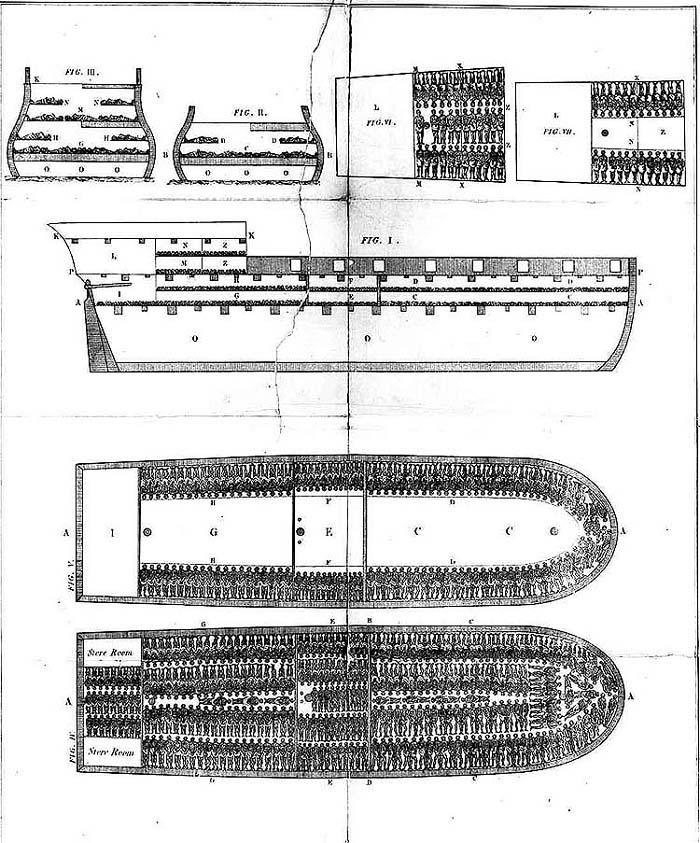
The Men, Women and Children were crammed into every available space. There was no room for people to move, eat or breath. There was a great smell due to the people’s faeces.
An example of a slave ship used is the ‘Feloz’. The Captain Jose' Barbosa recalls
“She had taken in, on the coast of Africa, 336 males and 226 females, making in all 562, and had been out seventeen days, during which she had thrown overboard 55. The slaves were all enclosed under grated hatchways between decks. The space was so low that they sat between each other's legs and [were] stowed so close together that there was no possibility of their lying down or at all changing their position by night or day. As they belonged to and were shipped on account of different individuals, they were all branded like sheep with the owner's marks of different forms.”
From Captain Barbosa’s account we can tell that the slaves were burnt with a red-hot iron.
A man who rescued slaves from slave ships describes his experience
“As soon as the poor creatures saw us looking down at them, their dark and melancholy visages brightened up. They perceived some- thing of sympathy and kindness in our looks which they had not been accustomed to, and, feeling instinctively that we were friends, they immediately began to shout and clap their hands. One or two had picked up a few Portuguese words, and cried out, "Viva! Viva!" The women were particularly excited. They all held up their arms, and when we bent down and shook hands with them, they could not contain their delight; they endeavored to scramble up on their knees, stretching up to kiss our hands, and we understood that they knew we were come to liberate them. Some, however, hung down their heads in apparently hopeless dejection; some were greatly emaciated, and some, particularly children, seemed dying."
As the Slave Trade grew and became more organised, slavers were especially built for the journey. By the 1770s most ships built in Liverpool were for slave trading. The area below deck was designed to hold the maximum number of enslaved Africans. With the high mortality rates in the early period of the trade, some Liverpool ships added ventilation, hoping to reduce deaths during the voyage.
The middle passage is the name for the journey of slaves to the coast of Africa for transportation. The slaves are people who were kidnapped, enslaved, captured or punished for a act of war. These people were taken away by African middle men who were capturing their own to make money by selling them to the European traders.
The slaves would be chained usually in threes or two. They were sometimes forced to carry things on their heads like ivory or water. They would walk for days or weeks until they reached the coast of Africa. Many were taken by canoes in rivers to the coast. Others were placed in forts to await sale. A variety of items were used in the sale of this ‘human merchandise’ ranging from guns to beads. 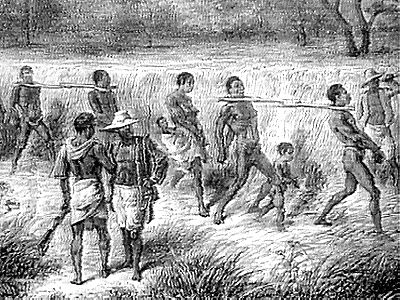
The conditions in the forts for the enslaved women, men and children were inhumane. Having arrived from the long march or by river canoe, people were exhausted and hungry as well as disheartened and mentally and emotionally distressed. Many bore open wounds from acts of enslavement either by raid or war. A ship’s surgeon would examine them and eliminate those who were not fit for the journey. Many Africans died while waiting to be collected. There were also gender differences in the experiences of the enslaved, for example the women were targets for rape and physical abuse. Conditions were made worse by the long waiting period, which could vary from days to weeks to months. In 1846, 2000 African enslaved peoples were murdered in a fort in Lagos because Italian steamers feared the inevitable repercussions of trading illegally in slaves.
Life as a slave was not fun at all. They didn’t own much. The clothing they wore was very simple. The food they received was very basic. The plantation owners on average gave the slaves around eight pounds of pork or fish to eat every month.
The salves were forced to live in wooden huts. The rooms were dirty and the slaves slept on grass or old rags. A single hut would sleep up to 12 slaves.
A slave’s childhood was terrible. When a slave was only 12 months old his/her mother could be sold far away. When a slave was four, they sometimes worked as a babysitter. When a slave was around the age of five, they would have odd jobs and carry water to the field slaves. Around the age of eight, children would be expected to work on the plantation.
‘Families: Over 32% of marriages were canceled by masters as a result of slaves being sold away from the family home. A slave husband could be parted from his wife, and children from their mothers.
Punishments: Slaves could be killed for murder, burglary, arson, and assault upon a white person. Plantation owners believed that this severe discipline would make the slaves too scared to rebel.
In South Carolina one slave owner would put nails in a barrel sticking out on the inside of the barrel, then put the slave in and roll him/her down a very long and steep hill. Another punishment slave owners used was to whip their slaves. Other slave owners in Virginia smoked their slaves. This involved whipping them and putting them in a tobacco smokehouse.
Some other punishments were getting beaten with a chair, broom, tongs, shovel, shears, knife handles, the heavy end of a woman’s shoe, and an oak club.
Religion:
On of the main reasons masters didn’t want their slaves to become Christians involved the Bible. This was one reason why most plantation owners did what they could to stop their slaves from learning to read. In the South, black people were not usually allowed to attend church services. Black people in the North were more likely to attend church services. Drums, which were used in traditional religious ceremonies, where banned because overseers worried that they would be used to send messages.’ (http://library.thinkquest.org/03oct/00394/life.htm)
Slaves had no rights. The owners of the slaves could do whatever they wanted with their slaves. They were allowed to punish there slaves how and when they liked.
Slaves were punished for many reasons. This included:
• Resisting slavery
• Not working hard enough
• Talking to much in their own language
• Stealing from their owner
• Murdering a white person
• Trying to escape
Punishments include:
• Being put in a contraption
• Being chained to the ground
• Put in shackles
• Being whipped
• Being hung and left to die
• Being forced to walk on a treadmill
Owners made the slaves watch the punishment of other slaves to scare them and prevent them from running away.
The emancipation proclamation is two laws passed by the US president Abraham Lincoln during the American civil war. It was made on the 22nd of September 1862 and declared the freedom of all states .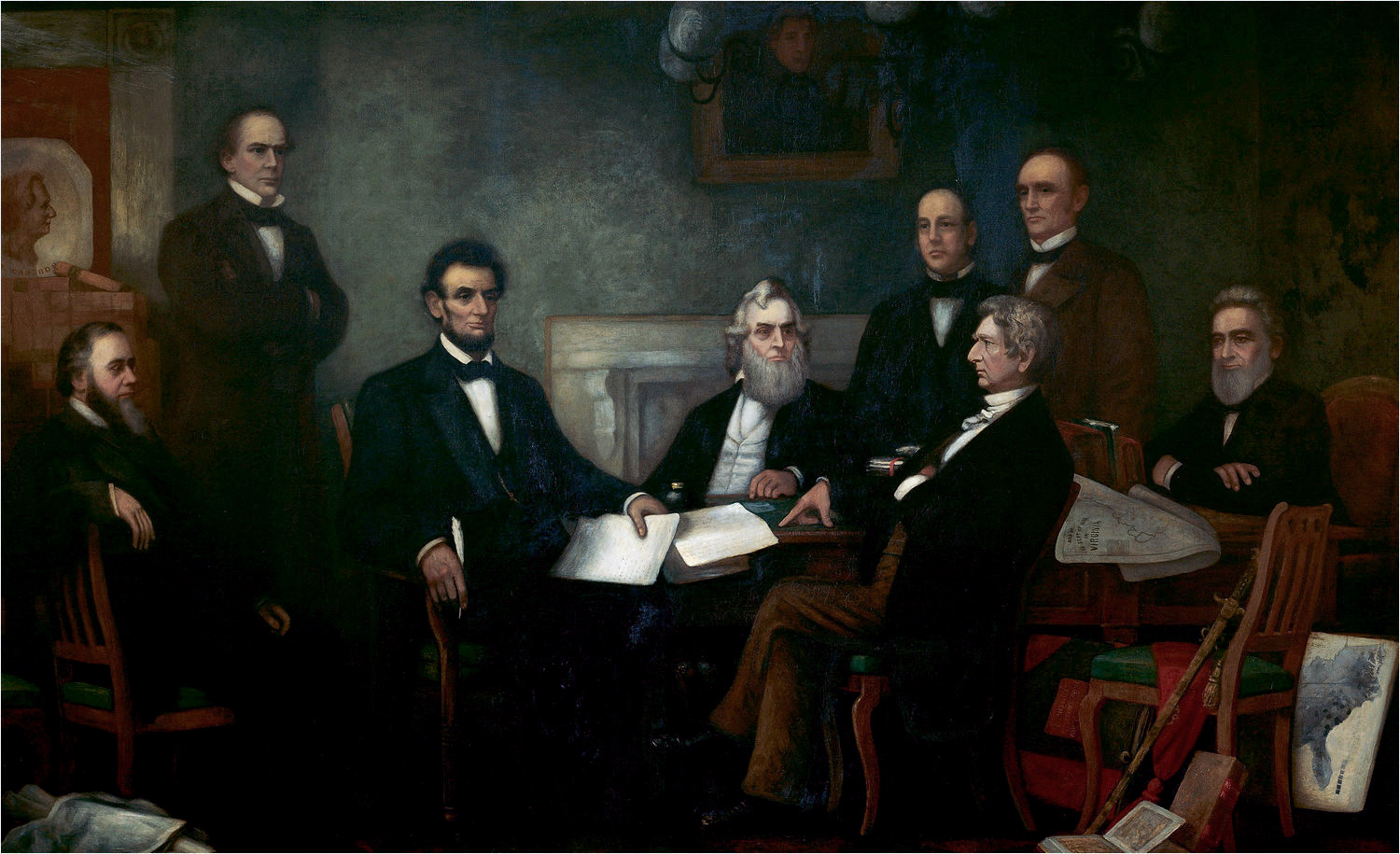
It was attacked as the union which was in control of freeing the had little power. The proclamation did not free any slaves of the border states (Kentucky, Missouri, Maryland, Delaware, and West Virginia), or any southern state (or part of a state) already under Union control. It first directly affected only those slaves that had already escaped to the Union side, but as the Union armies conquered the Confederacy, thousands of slaves were freed each day until nearly all (approximately 4 million, according to the 1860 census) were freed by July of 1865.
After the war there was concern that the proclamation, as a war measure, had not made the elimination of slavery permanent. Several former slave states had prohibited slavery; however, some slavery continued to exist until the entire institution was finally wiped out by the ratification of the Thirteenth Amendment on December 18, 1865.
The fugitive slave law is a law passed by the US government in September of 1850. It meant that all runaway slaves were sent back to their masters. This was because the white owners feared a ‘Slave power conspiracy’.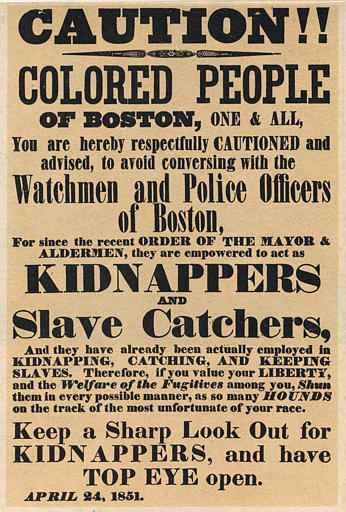
Here is a reverends account of how the law affected his life:
Reverend Luther Lee, pastor of the Wesleyan Methodist Church of Syracuse, New York said in 1855:
“I never would obey it. I had assisted thirty slaves to escape to Canada during the last month. If the authorities wanted anything of me, my residence was at 39 Onondaga Street. I would admit that and they could take me and lock me up in the Penitentiary on the hill; but if they did such a foolish thing as that I had friends enough on Onondaga County to level it to the ground before the next morning. The slaves could no longer take control over what they could never imagine.”
This shows that this law increased the confidence of abolitionists of slave trade.
A man called William Wilberforce was someone who is looked upon as they key abolitionist of slavery. He fought hard in government to pass a Abolitionist bill in 1807.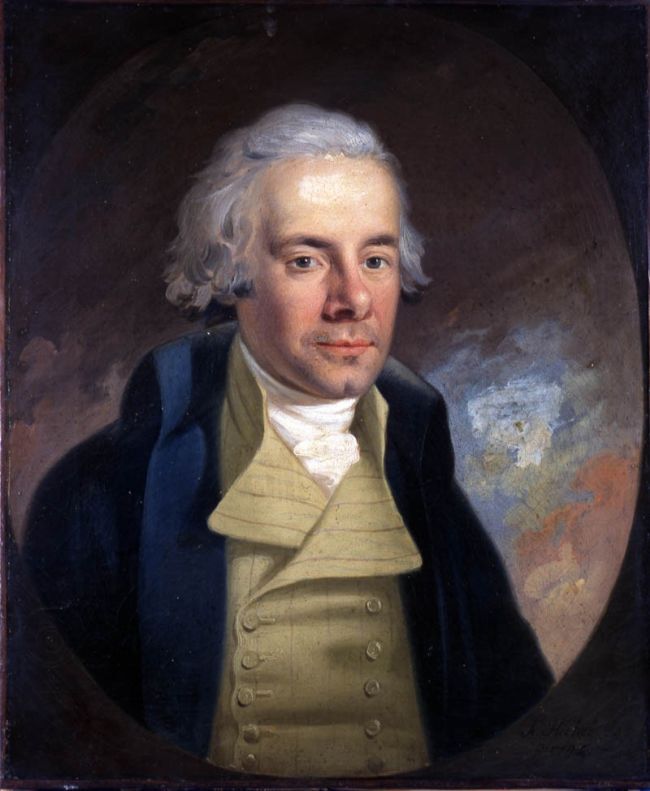
‘Following the 1807 victory, Wilberforce and his fellow abolitionists fought a series of further actions involving the slave trade, such as trying to prevent France being allowed to resume its slave trade after the end of the Napoleonic Wars.
Throughout his life he continued his other philanthropic and Evangelical projects, ranging from visiting prisoners in jail and urging them to repent of their sins, to promoting Christian missionaries in India - work that he declared to be just as important as ending slavery.
He gave generously to those in need, although he wanted the poor to know 'that their more lowly path has been allotted to them by the hand of God'.’
(http://www.bbc.co.uk/history/british/abolition/william_wilberforce_article_03.shtml)